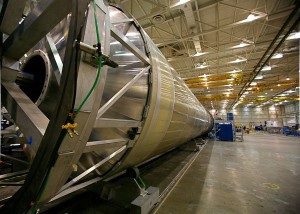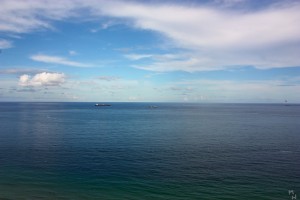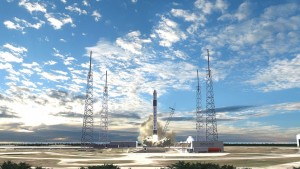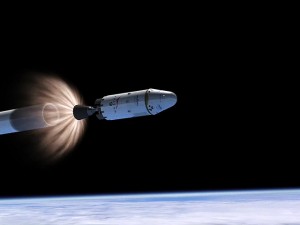On January 10, SpaceX attempted the first-ever controlled landing of a booster rocket during a supply run to the International Space Station (ISS). Although the landing was unsuccessful, the company remains optimistic about rocket recovery.
Motivation to develop a reusable rocket system stems from the pocketbook. Much of the cost of spaceflight comes from the construction of the rocket. Finding a way to reuse the first stage, or booster, of the rocket rather than letting it incinerate upon reentry would significantly reduce expenses. SpaceX was founded in 2002 by Canadian-American entrepreneur Elon Musk. His goal: to facilitate private space travel through innovative space technologies. SpaceX was the first private company to launch a spacecraft into orbit and recover it.
Ideally, after separating from the upper stage of the rocket, the booster would reignite and be automatically maneuvered towards a barge for safe landing. Should this technology be successful, the market for launch services could expand from commercial satellites to include human spaceflight and other services. This project, however, is ongoing. The January 10 launch was one step in a much longer journey of technological advancement.

The supply ship consisted of a partially reusable spacecraft called Dragon, and an attached booster rocket named Falcon. On this particular supply run, Dragon carried experiments and equipment destroyed by another company’s rocket failure earlier last year, but the spacecraft could theoretically deliver humans into orbit as well. Directly below Dragon was the second stage of the rocket, which steered the spacecraft to its desired orbit after separation. An interstage sat between the first and second stages, helping the two pieces disconnect from each other during flight.
A series of previous landing attempts with Falcon rockets had led to gradual improvements in reentry techniques, and to additions such as landing legs. However, in a report published in December, SpaceX estimated only a 50 percent chance of precisely landing the rocket, as the vehicle’s 14 story height and 1300 m/s speed made stabilizing the first stage extremely difficult. Furthermore, while previous attempts involved landing vertically on the open ocean, the flight on January 10 was SpaceX’s first attempt to land a booster on a platform.

On the launch date, controllers steered the booster of the Falcon rocket towards the barge before it ran out of hydraulic fluid and tipped into the ocean. Following the attempt, Musk said that SpaceX’s next flight would have more hydraulic fluid to avoid this problem. As SpaceX continues to review telemetry data and pieces of the rocket, scientists will likely identify other improvements to be made.

Technical improvements still comprise only one aspect of the challenges facing SpaceX. Beyond re-landing rockets, SpaceX must ensure that refurbishing the rockets does not outweigh any reductions in building costs. In addition, current satellite operators may balk at the idea of using ‘second-hand’ rockets, a concept without a previous record of reliability.
SpaceX will continue to test rocket recovery in upcoming flights. The company hopes that within the year, it will not only re-land a flight successfully, but will also re-fly the booster. In fact, on January 27, SpaceX posted a flight animation of a new rocket, Falcon Heavy, on YouTube. The video featured two recoverable booster rockets as well as a recoverable rocket core. How this new technology ultimately influences both the science and economics of space travel remains to be determined.

